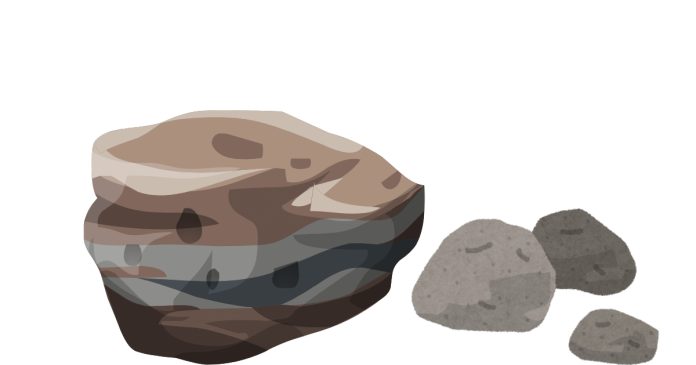Granodiorite is an intrusive igneous rock, meaning it forms from the slow cooling of magma deep beneath the Earth’s surface. It is similar to granite but has a distinct mineral composition, making it a separate rock type.
Characteristics of Granodiorite:
- Composition:
- It primarily consists of plagioclase feldspar (more abundant than in granite), quartz, and smaller amounts of potassium feldspar.
- It also contains biotite, hornblende, or other dark minerals, giving it a speckled appearance.
- Color:
- Granodiorite is typically light to medium gray with black and white mineral grains visible to the naked eye.
- Texture:
- It has a phaneritic texture, meaning the mineral crystals are large enough to be seen without a microscope due to its slow cooling process.
- Formation:
- Granodiorite forms in continental crust at convergent plate boundaries, where magma interacts with surrounding rock to form its unique mineral composition.
- Uses:
- Granodiorite is used as a construction material for buildings, monuments, and countertops due to its durability.
- It also has historical significance, such as in the Rosetta Stone, which is made of granodiorite.
Granodiorite bridges the compositional gap between granite (rich in potassium feldspar) and diorite (with less quartz), making it an important rock in geological studies.
Related posts:
- What does ringing in the ears mean spiritually?
- What Colors Do Blue and Green Make?
- How Long Does Raw Chicken Really Last in the Fridge?
- What are some amazing and memorable Valentine’s Day ideas that will leave a lasting impression?
- What is the definition of ‘friends with benefits?
- What is the difference between a bachelor’s and a degree?


